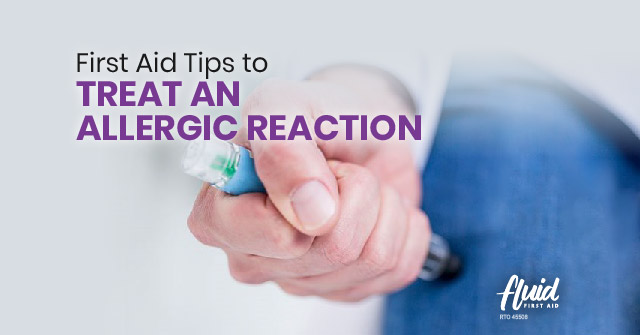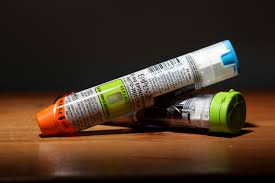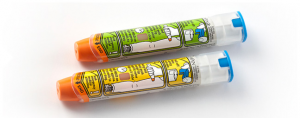The First Aid Australia News+
First Aid Tips to Treat an Allergic Reaction
- September 8, 2020
- Posted by: Julian Miana
- Category: First aid

Anaphylaxis or Severe Allergic Reaction
Allergies can be triggered by a wide range of substances and environmental conditions. Allergic reactions can cause mild localised redness and or swelling. Anaphylaxis leads to severe and sudden inflammation of soft tissues in the airways, skin, and sudden drop in blood pressure. Anaphylaxis is potentially life-threatening, it must be regarded as a medical emergency that calls for immediate first aid and medical response.
Signs and symptoms
-
Persistent coughing
-
feeling dizzy and or faint
-
difficulty talking or hoarse voice
-
noisy difficult breathing
-
swelling of the throat, tongue, face, lips
-
stomach pain and vomiting if from insect bites
-
loss of consciousness or collapse
-
children may become pale and floppy
Symptoms of Anaphylaxis usually occur suddenly within the first 20 minutes after exposure to a trigger and can turn life-threatening very quickly.
Emergency first aid responses for severe allergic reaction (Anaphylaxis) are:
-
Remember to reduce exposer to the allergen
-
Lay the casualty flat – if breathing is difficult, sit them up
-
If unresponsive place casualty on their side, open airway then check and monitor breathing is normal
-
Administer adrenaline with an autoinjector (such as an EpiPen®)

-
Call (000) for an ambulance
-
Further adrenaline may be given if available if no response after 5 minutes
-
Start CPR if the casualty is unresponsive and not breathing normally or at all
To find out how to administer Adrenaline check our video on the subject:

For more First Aid Tips, visit us at https://fluidfirstaid.viveo.design/blog/
Book your next First Aid Course with us at: https://fluidfirstaid.viveo.design/courses/
Leave a Reply Cancel reply
You must be logged in to post a comment.